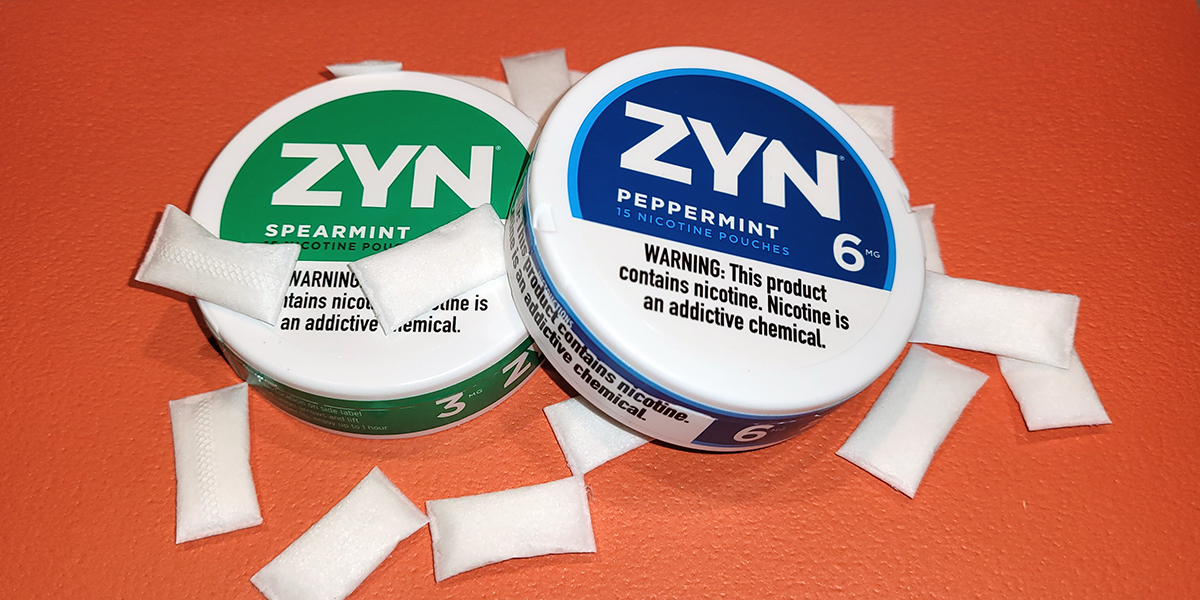The ZYN shortage lasted several weeks in parts of the United States amid the hype – and legislation could pose a new challenge.
The nicotine‑pouch brand ZYN has recently faced a nationwide shortage in the United States, leaving many regular users surprising empty shelves when they go to purchase their usual tins.
Surge in Demand Outpacing Supply
ZYN’s popularity has skyrocketed in recent years, with consumers drawn to its tobacco‑free, smokeless format of nicotine delivery. As its user base has grown, demand has outstripped production capacity. In 2024, reports indicated that volumes sold jumped substantially compared with previous years, and this rapid growth put pressure on supply chains and manufacturing.
At the same time, ZYN’s parent company responded by announcing plans to expand manufacturing—increasing output at the Kentucky factory and planning a new facility in Colorado—to meet the surge. These measures aim to close the gap between demand and supply.
Supply Chain and Production Bottlenecks
While demand soared, several production and logistical issues piled up. Scaling manufacturing of nicotine pouches involves procurement of raw materials, packaging, regulatory compliance, and a complex distribution network. Delays in any of these stages contribute to disrupted availability.
Many retail outlets reported stock outages across various states, especially for fast‑moving flavours and strengths. Some stores instituted purchase limits to manage limited inventory, adding an element of consumer frustration and scarcity mindset.
Regional Impacts and Consumer Behaviour
The shortage did not affect all regions equally. Some states and metro areas saw more acute shortages than others depending on how distributors allocate limited stock. Consumers reported greater difficulty finding preferred flavours or strengths in convenience stores and gas‑station channels.
The scarcity drove behaviours such as stockpiling when tins were available, switching to alternative brands, or settling for weaker nicotine strengths. In some cases, consumers shifted to competitor products temporarily, though many prefer ZYN and wait for restocks.
Price and Retail Ripples
The shortage also triggered secondary economic effects. Some retailers, facing limited supply, increased price per tin modestly or allocated fewer units per customer. The shortage can raise costs for consumers, either directly via higher pricing or indirectly through time spent seeking stock.
From a market perspective, while ZYN remains a dominant brand in the nicotine‑pouch category, its supply constraints open opportunity for alternatives to gain share—though brand loyalty to ZYN remains strong.
What the Manufacturer Is Doing
To restore normal availability, ZYN’s owner has ramped up production capacity and announced significant investments. The Kentucky manufacturing site is being expanded, and a new plant is planned in Colorado. These steps are designed to meet the growing demand and avoid future shortages.
Beyond capacity, the company is also adjusting logistics, production scheduling, and distribution flows to prioritize replenishment of retail shelves. As these changes take effect, retailers expect more consistent availability in the coming months.
When Will The ZYN Shortage End?
Participants in the industry estimate that while the worst of the shortages may be over, full normalization of supply could take some time. Even as production increases, inventory flows through the pipeline—from factory to distributor to retailer—must catch up. Some expect near‑normal availability by late 2024 or into 2025, depending on region and flavour/strength variant.
Until then, consumers may still encounter short‑term stock‑outs, particularly in smaller stores or in flavours that move fastest.
Consumer Advice During the Shortage
If you rely on ZYN, here are some practical tips:
-
Be flexible on flavour or strength: if your usual is out, consider trying a variant that is available.
-
Check larger retail chains or online stock for availability rather than only smaller outlets.
-
If you find stock, consider buying in a timely manner (without over‑hoarding) to ensure you have a supply until restocks stabilize.
-
Explore alternative brands if ZYN is consistently unavailable—but recognise that user experience may differ.
-
Stay informed on announcements from retailers or manufacturer about restocking or capacity updates.
Wider Implications of the ZYN Shortage
The ZYN shortage is a sign of a maturing nicotine‑pouch market in the United States. Consumer demand for smokeless, tobacco‑free nicotine alternatives is real and significant. At the same time, the shortage underscores how rapid growth can expose supply‑chain vulnerabilities in niche but fast‑evolving product categories.
For the manufacturer, this is a pivotal moment: successfully resolving the shortage will reinforce ZYN’s leadership in the category; failure to address it could open space for competitors. For consumers, the short‑term inconvenience is tangible—but the long‑term outcome is likely to be better availability and more consistent supply once the production ramp‑up is completed.
In the end, the ZYN shortage is less a product failure than a capacity challenge. As manufacturing catches up and distribution smooths out, shelves should refill and users should return to regular access. Until then, flexibility and awareness will help those navigating the temporary gap.




